Limnophila aquatica
Scientific name: Limnophila aquatica
Family: Scrophulariaceae
Maximum size reached under cultivation: 25 - 50 cm (9.84 - 19.69 inch)
014
Recommended pH range: 6.2 - 7.1
Recommended water hardness: 4 - 8°dGH (71.43 - 142.86ppm)
0°C 32°F30°C 86°F
Recommended temperature range: 24 - 27 °C (75.2 - 80.6°F)
Preferred propagation method: Cuttings
Native to: Sri Lanka
Growth rate: Fast
Recommended substrate: Gravel
Lighting requirements: Bright
Ideal placement in tank: Background
Common Name
Giant Ambulia
Origin
Limnophila aquatica, commonly known as Giant Ambulia, is native to the freshwater habitats of Asia, particularly in Sri Lanka and India. It thrives in slow-moving water bodies such as ponds and marshes, where it has access to abundant light and soft substrates.
Propagation
Propagation of Limnophila aquatica is straightforward and typically done through stem cuttings. Aquarists can take cuttings from mature plants, ideally from the outer stems to encourage new growth, and plant these cuttings in groups of 3-4 to establish a dense, bushy appearance. These clumps should be anchored firmly in the substrate to ensure stability and to promote root development. Over time, these cuttings will grow into new plants, helping to create a lush green backdrop in any planted aquarium.
Difficulty
Limnophila aquatica is categorized as an easy plant to maintain, making it a great choice for both novice and experienced aquarists. It adapts well to various water conditions, although it flourishes in an environment that mimics its natural tropical habitat, with soft, slightly acidic water and high humidity.
Short Description
Limnophila aquatica is a fast-growing plant that requires a rich nutrient substrate and can benefit significantly from the addition of a CO2 system. With adequate lighting, it will extend upwards, often reaching the water's surface and spreading across it. When allowed to grow above the water line, it may produce small, attractive blue flowers, adding a unique aesthetic to the aquarium. To maximize its bushy growth and vibrant color, consistent lighting and regular fertilization are recommended. This plant not only enhances the visual appeal of an aquarium but also provides an excellent habitat for fish and beneficial microorganisms.

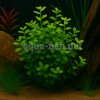 Bacopa australis
Bacopa australis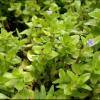 Bacopa caroliniana
Bacopa caroliniana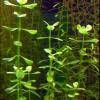 Bacopa monnieri
Bacopa monnieri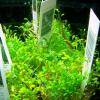 Glossostigma elatinoides
Glossostigma elatinoides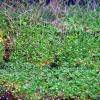 Hemianthus callitrichoides
Hemianthus callitrichoides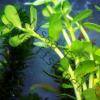 Hemianthus micranthemoides
Hemianthus micranthemoides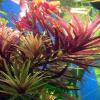 Limnophila aromatica
Limnophila aromatica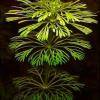 Limnophila sessiliflora
Limnophila sessiliflora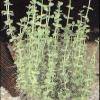 Lindernia rotundifolia
Lindernia rotundifolia